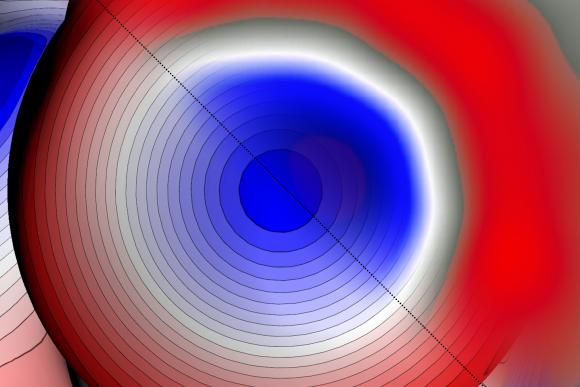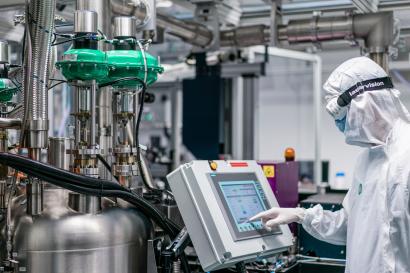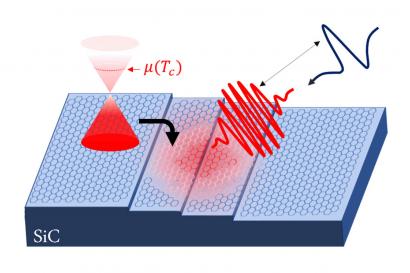Name
Cutting-edge science, revolutionary discoveries and innovation in physics
Cutting-edge science, revolutionary discoveries and innovation in physics
Get information right for you
Czech scientists become first to observe an inhomogeneous electron charge distribution on an atom
Until now, observing subatomic structures was beyond the resolution capabilities of direct imaging methods, and this seemed unlikely to change. Czech scientists, however, have presented a method with which they became the first in the world to observe an inhomogeneous electron charge distribution around a halogen atom, thus confirming the existence of a phenomenon that had been theoretically predicted but never directly observed.
News
Third world record on the BIVOJ laser system
We are happy to announce that the BIVOJ laser system is once again a record holder in its performance class. This is BIVOJ's second world record this year and the third overall. Earlier this month the high energy output from BIVOJ was converted (via second harmonic frequency conversion) to 515 nm wavelength pulses with an energy of more than 68 J at a repetition rate of 10 Hz, which at the time of writing is the world's highest average power in the category of high energy (>1 J), high average power lasers.
Picosecond nonlinear optoelectronics in graphene
The terahertz spectroscopy group of Petr Kužel in collaboration with the Charles University described nonlinear behavior of charge carriers during early times after pulsed optical excitation in epitaxially grown graphene layers. The time evolution of the system is determined by nonlinear electronic response of graphene, which opens the possibility of the increase of the speed of optoelectronic elements. The results the study were published in a prestigious journal Advanced Functional Materials.
Two FZU scientists have succeeded in the Junior Star grant competition
Researchers of the Czech Academy of Sciences succeeded in the second year of the JUNIOR STAR competition of the Czech Science Foundation (GACR) and made up a half of the total number of supported 16 projects. This year from our institute, it was Prokop Hapala and Dominik Kriegner who succeeded in the big competition for grants. The Institute of Physics and the Czech Technical University thus have two awarded scientists, and came after the Masaryk University, which won three projects.


